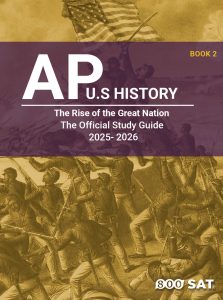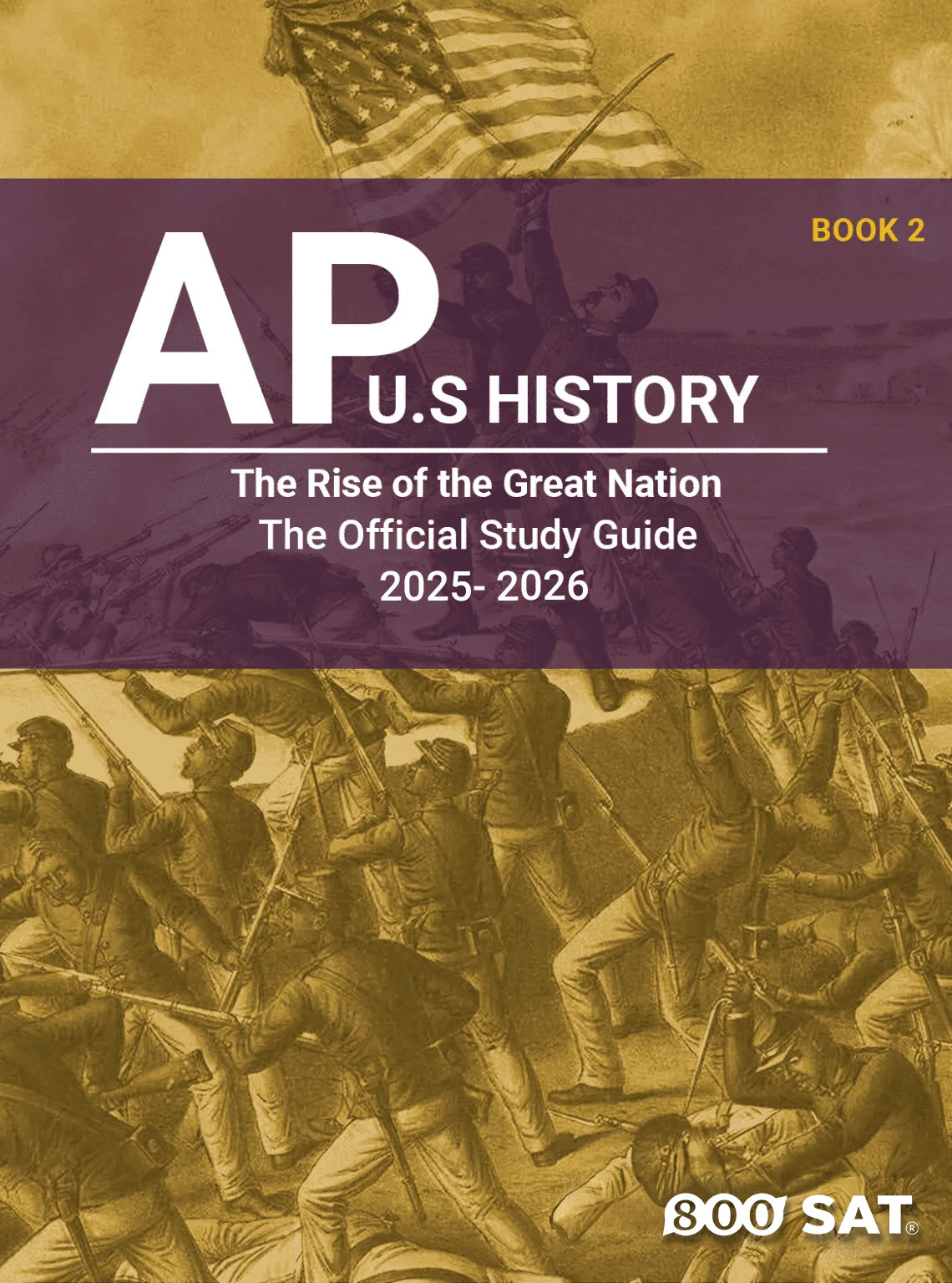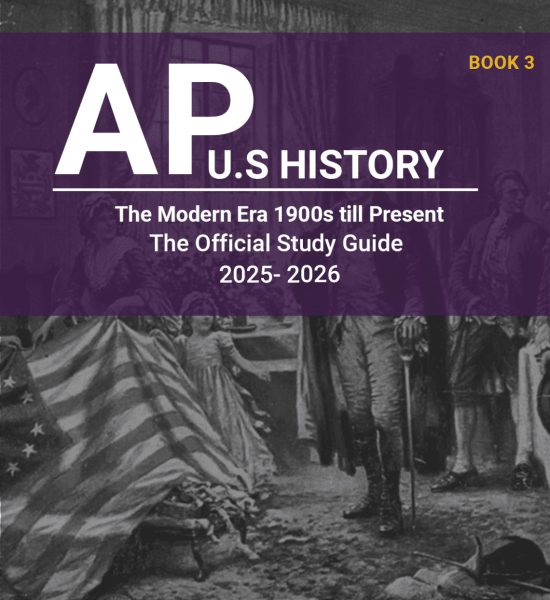AP U.S History Book 2: The Rise of the Great Nation
 AP U.S. History Book 2: The Rise of a Great Nation
AP U.S. History Book 2: The Rise of a Great Nation
Trace America’s Growth and Transformation
AP U.S. History Book 2: The Rise of a Great Nation explores the development of the United States from the early 1800s through the late 19th century. This book is designed for AP students and history enthusiasts, offering detailed insights into political, economic, social, and cultural changes that shaped the nation.
Expansion and Reform
The book begins with westward expansion, the Louisiana Purchase, and the impact of Manifest Destiny. First, it examines how territorial growth influenced politics, Native American populations, and international relations. Next, it discusses social and political reform movements, including abolition, women’s rights, education, and religious revivalism, showing how Americans sought to improve society.
Political and Economic Development
The second section focuses on political developments such as the rise of political parties, key presidencies, and changes in government policy. In addition, it covers economic transformation during the Industrial Revolution, including urbanization, technological advances, and the growth of industry and transportation networks.
Civil War and Reconstruction
The book then explores the causes and consequences of the Civil War. Furthermore, it details major battles, leadership, and strategies, as well as the war’s social and political impact. Finally, it examines Reconstruction, including amendments to the Constitution, civil rights, and efforts to reunify and rebuild the nation.
Clear and Engaging Content
AP U.S. History Book 2 uses clear explanations, timelines, and examples to make complex historical events accessible. Additionally, chapter summaries and review questions reinforce learning and help students prepare effectively for the AP exam.
Whether you are preparing for the AP exam or seeking a deeper understanding of America’s growth and transformation, this book provides a thorough and engaging guide to the nation’s rise as a great power.
Course Features
- Lectures 14
- Quizzes 4
- Duration 50 hours
- Skill level Intermediate
- Language English
- Students 165
- Assessments Yes
- 4 Sections
- 14 Lessons
- 52 Weeks
- Chapter 1: The Jeffersonian Revolution 1800 - 1816The birth of The United States of America after winning their independence from Britain. The New Nation fluctuates between lack of institutions, conflicts of interests and prosperity, expansion, and stability.3
- Chapter 2: Nationalism and Expansion of The New Nation 1816 - 1850After the 1812 War Victory, The United States of America emerged as a strong nation that can defend itself. On the other hand, U.S will turn to its domestic affairs such as Expansion.5
- Chapter 3: Expansion, Destruction, and Reconstruction 1850 - 1875This period was marked by dramatic territorial growth, escalating sectional tensions, and the ultimate breakdown of national unity in the Civil War. Following the devastation, the Reconstruction era sought to rebuild the South and redefine freedom and citizenship in the United States—an effort filled with both bold progress and deep resistance.5
- Chapter 4: Industrial Age and Imperialism 1875 - 1899This chapter explores the transformative period following Reconstruction, marked by rapid industrialization, urban growth, and technological innovation. The rise of powerful industrial tycoons reshaped the economy, while harsh labor conditions gave birth to new labor movements. Simultaneously, America expanded its global presence through imperialist ventures, asserting influence over territories abroad. These developments laid the foundation for the modern United States and reflected a growing tension between democratic ideals and economic power.5




